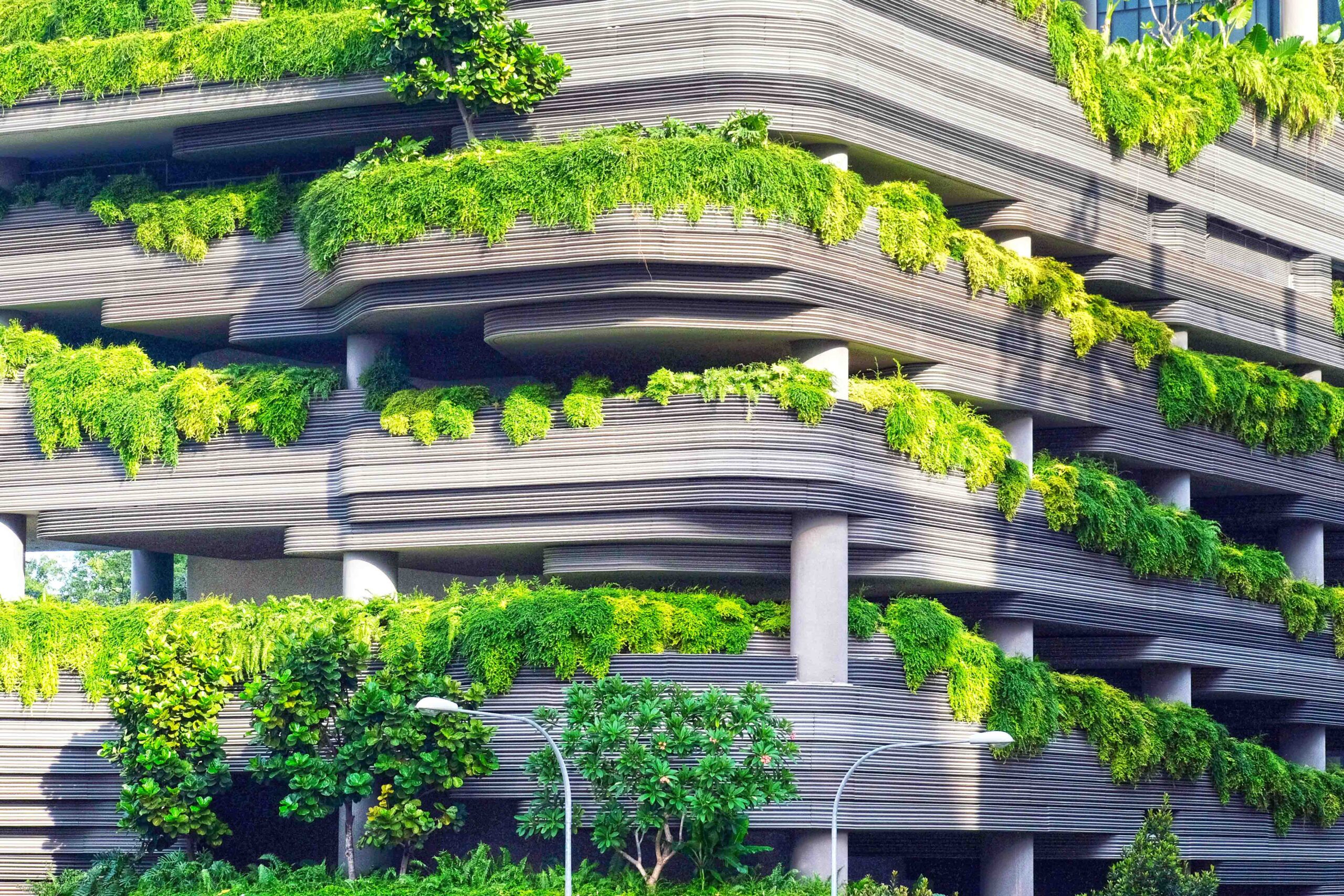![]()

Why Green Building Offices
In 2019, the world turned head when 16-year-old Greta Thunberg, an environmental activist, stood in front of world leaders in a United Nation Summit and condemn the ‘adults in the room’ for failing the young generation and allowing the ecosystem to collapse.
As a result of the ‘green movement’ and Paris Climate Agreement, we have seen the rise of Green Buildings around the world, governed by agencies such as LEED (US), Green Globes (Canada), Beam (Hong Kong), BREEAM (UK, EU), CASBEE (Japan), Green Mark (Singapore), Green Star (South Africa).
In Malaysia, the Green Building Index (GBI) was developed in 2009 by Pertubuhan Akitek Malaysia (PAM) and the Association of Consulting Engineers Malaysia (ACEM) to reduce the negative impact of built environment to the welfare of people and its surrounding.
What is a Green Building?
According to GBI, a Green building focuses on increasing the efficiency of resource use – energy, water, and materials – while reducing building impact on human health and the environment during the building’s lifecycle.
This can be achieved through better siting, design, construction, operation, maintenance, and removal. In short, green building is the foundation of the sustainable construction development.
The Importance of Green Buildings
Green buildings are designed to save energy and resources, recycle materials and minimize the emission of toxic substances throughout its life cycle. They also harmonize with the local climate, traditions, culture and the surrounding environment. Hence, green buildings are able to sustain and improve the quality of human life whilst maintaining the capacity of the ecosystem at local and global levels.
For companies, green buildings make efficient use of resources that results in significant operational savings and increases workplace productivity. More importantly, it sends the right message about an organization that it is well run, responsible, and committed to the future!
Key Criteria of GBI Rating
Green buildings in Malaysia are rated based on GBI’s 6 key criteria, which will result in their final rating for certification:
- Energy Efficiency (EE)
Improve energy consumption by optimising building orientation, minimizing solar heat gain through the building envelope, harvesting natural lighting, adopting the best practices in building services including use of renewable energy, and ensuring proper testing, commissioning and regular maintenance.
- Indoor Environment Quality (EQ)
Achieve good quality performance in indoor air quality, acoustics, visual and thermal comfort. These will involve the use of low volatile organic compound materials, application of quality air filtration, proper control of air temperature, movement and humidity.
- Sustainable Site Planning & Management (SM)
Selecting appropriate sites with planned access to public transportation, community services, open spaces and landscaping. Avoiding and conserving environmentally sensitive areas through the redevelopment of existing sites and brownfields. Implementing proper construction management, storm water management and reducing the strain on existing infrastructure capacity.
- Materials & Resources (MR)
Promote the use of environment-friendly materials sourced from sustainable sources and recycling. Implement proper construction waste management with storage, collection and re-use of recyclables and construction formwork and waste.
- Water Efficiency (WE)
Rainwater harvesting, water recycling and water-saving fittings.
- Innovation (IN)
Innovative design and initiatives that meet the objectives of the GBI.
Of course, not every green building is equal in all aspects. At the end of the assessment, a building will be classified into one of the 4 main categories ranging from ‘certified’, ‘silver’, ‘gold’ to the highest ‘platinum’.
Current State of ‘Green’ Trend in Malaysia
Despite its various advantages, green building is still not widely adapted in Malaysia mainly due to the lack of awareness, government support and attitude of the population towards green technology in building industry.
According to GBI latest record in Oct 2019, there are a total of 516 certified green buildings in Malaysia, while 63% of these buildings are in ‘certified’ category and only 4% are awarded with the ‘platinum’ status.
An example of a Platinum-rated green building that all Malaysians can be proud of is the headquarter of the Energy Commission (Suruhanjaya Tenaga) in Putrajaya, also known as the ‘Diamond Building‘ because of its unique shape. This structure is designed to use mostly natural light and topped with photovoltaic (PV) solar panels which generate about 10% of the building’s energy, coupled with rainwater harvesting systems that save about 70% – 80% of water usage. The building was awarded the most energy-efficient building at the Asean Energy Awards (AEA) in 2012.
Go Green for the Planet
As there are more and more concerns about energy conservation, global warming and depletion of the planet’s non-renewable resources, green building seems to be the solution as it represents design and construction that are sensitive to the environment now and in the future.
It is important that Malaysian companies re-evaluate how things are done and start looking at greener options that contribute to a sustainable environment in the long run.
Contributed by: Isabelle Thye
For further details please email corporate@hartamas.com

How much housing loan you can get?

How much is your property worth?

Interested in new launch property?

Looking for property for sale or rent?
